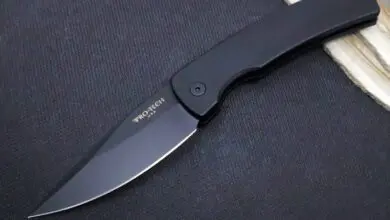How Do You Properly Measure Length?
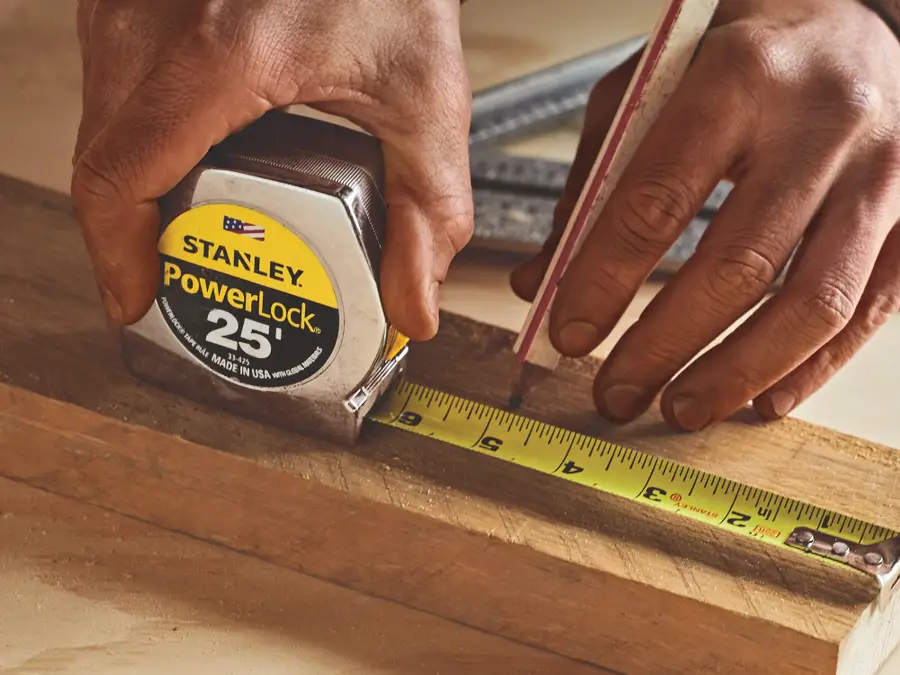
Knowing how to measure length is one of those basic life skills that everyone needs. After all, if you learn how to do it properly, you’ll be capable of completing a wide range of tasks on your own, including DIY renovation projects, as well as measuring the size of your furniture to see whether or not it’ll fit in a specific area.
But, measuring length is easier said than done, which is why you might be wondering whether or not there are some tips that could help you. Fortunately for all individuals that found themselves in the same situation, our guide from below can help! Here are the top tips that can help you learn how to measure the length in the right way:
1. You’ll Need The Right Tools
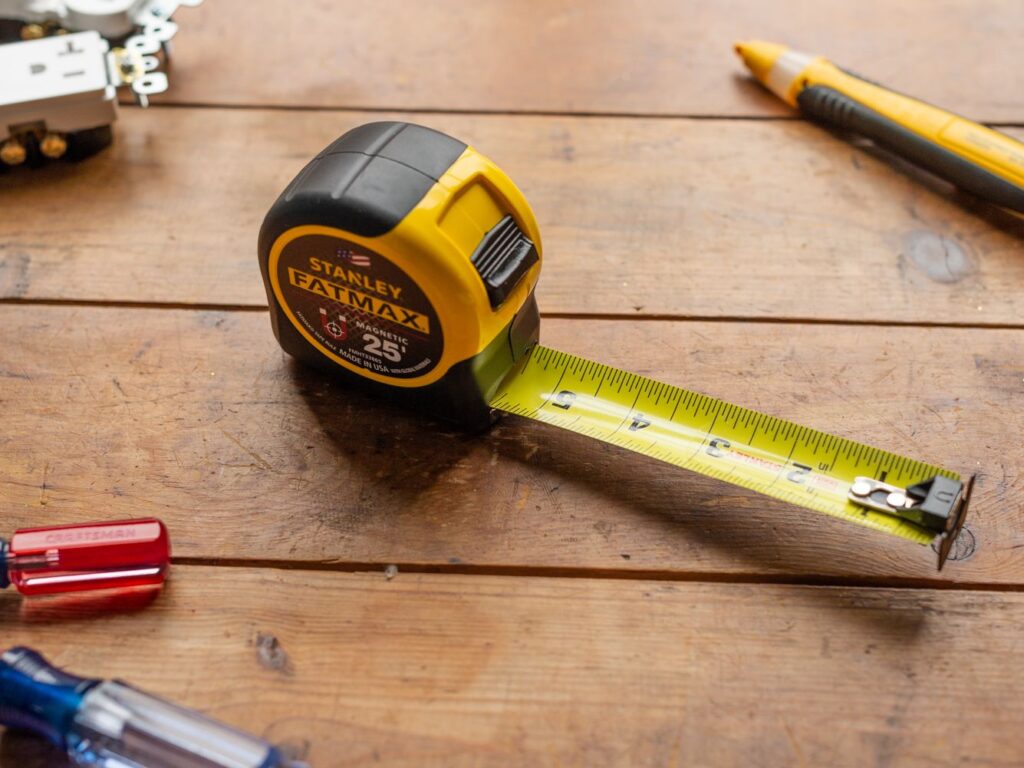
The very first thing that you should know is that you’ll require a measuring tool to figure out the length of an item. Now, there are several tools that you could use, including a ruler, tape measure, vernier caliper, as well as a micrometer screw gauge. For measuring length, the suitable approach would be to use a tape measure or rules, and when it comes to measuring the diameter of various items such as pipes, a micrometer screw gauge, or a vernier caliper would be appropriate.
2. Which One is Better, a Tape Measure or a Ruler?
Before you start measuring, it’s worth mentioning that both rulers and tape measures have their own benefits and drawbacks. For starters, a ruler is stiff and in most cases short, which means that you can utilize it for measuring smaller items such as a smartphone, book, piece of paper, and so on. It’s easier to use a ruler for smaller objects since you can quickly place it over it and read the marking on one of the sides.
On the other hand, a tape measure is incredibly long, as well as flexible – meaning that it can bend without any hindrances or issues – hence if you need to figure out the length of, for example, a room or a large piece of furniture, you could utilize it. Again, the option you choose will entirely depend on what you need to measure, thus, before you opt for either of the options, think about what you’ll need it for.
3. There Are Three Basic Types of Measurements
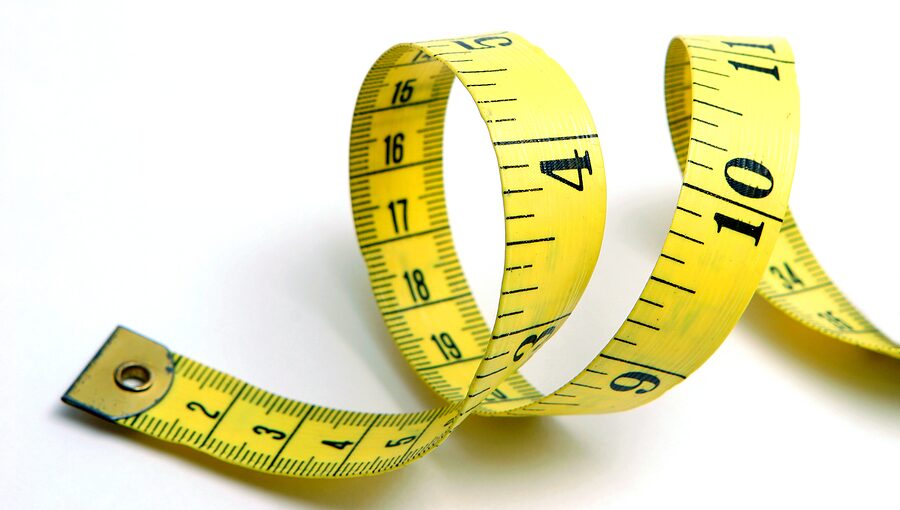
Another important thing that you must know is that there are three basic types of measurements – the SI (International System of Units), the British Imperial System, and, of course, the United States Unit System. The SI is the most commonly used unit system out there, however, if you have to figure out a length of an object in one measure and then turn it into another one, you can use platforms such as www.becalculator.com that’ll convert the units for you.
4. How Can I Properly Measure an Item?
This particular process will require a few steps to ensure precise measurements. For starters, no matter which tool you opt for using, you should always ensure that one of the ends of an item is lined up with the “0” mark of the tool. Once you ensure this, your next step is to extend the tool over the length. If you’re using a tape measure, this will be quite easy, however, if you’re using a ruler, you might need to extend it in another way – more on that later on.
You should continue extending the tool over the whole length until you reach its other point. You should then look at the tool and determine which is the largest whole number. Now, if you need to figure out the length for several items, it’s best if you write all the measurements down and keep in mind, that if it lands between two whole numbers, you should use the smaller value. When you’re done, you’ll need to count the total lines after the number and the endpoint of the object.
For example, if you could seven lines, this would result in 3/8 inches. Again, it’s important that you double-check it and that you write it down, mostly because you’ll need to add the two results together. Hence, if you measure a total number of five and seven lines that results in 3/8 inches, the measurement for the specific item you’re working on will be the sum, thus, it’ll be 5 meters and 3/8 inches.
5. You Can Extend a Ruler Without Any Issues
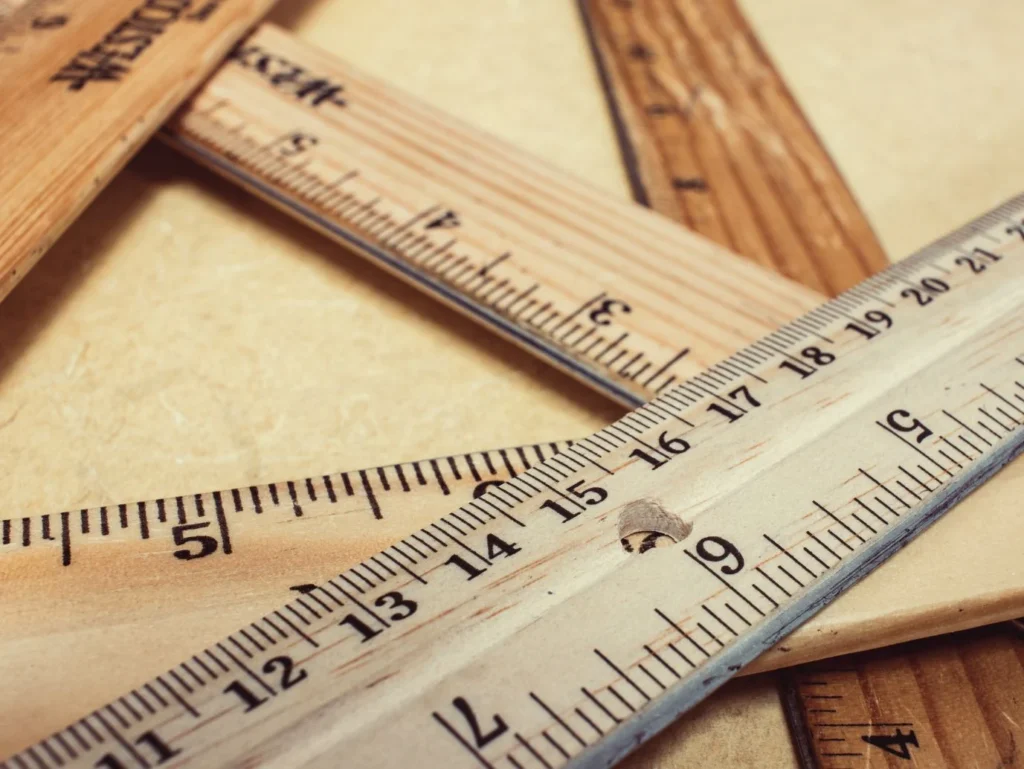
If you opted for measuring something with a ruler, but the object is lengthier than the measurements on the ruler, you can extend it as well. It’s a simple process, but one that’ll save you a trip to the hardware store if you don’t have other tools for determining length. Let’s say that you’re measuring a small table. Take the ruler and place one edge on the “0” mark. From there, take a pencil and gently mark the end of the ruler – the last number.
Next, you’ll want to move the ruler to the marking you made on the surface of the table. Again, you must align the marking perfectly with the “0” mark, so, during this step, you should be extra careful. Simply repeat this process as many times as you require, and don’t forget, you’ll have to add up all the numbers to figure out the exact length of the small table you’re working on, hence, write everything down!
Conclusion
Although it might seem daunting and hard to measure various objects by using different tools, it doesn’t have to be! And, if you choose to follow some or most of the tips and tricks we’ve mentioned above, you won’t only make the process simpler, but you’ll also ensure that you do it properly!
Since you’ve now learned what you’ll have to do, you might not want to spend any more time reading guides such as this one – especially since you might need the measurements as soon as possible. Instead, opt for one of the tools we’ve mentioned above and start figuring out the length of a particular object!


